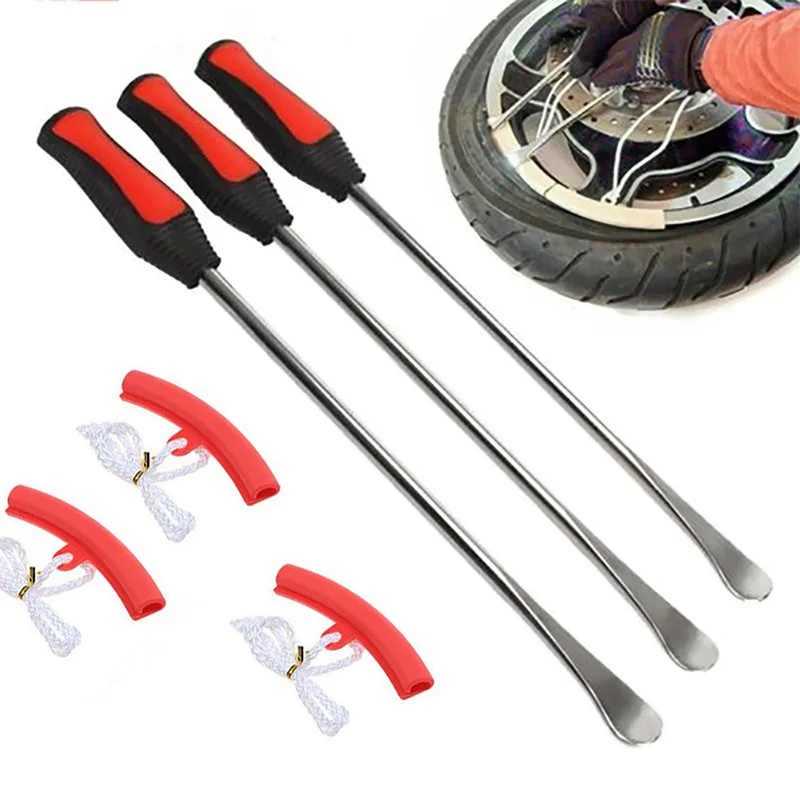Compare
Representative Image
Compare
Representative Image
Compare
Compare
Compare
Representative Image
Compare
Representative Image
Compare
Representative Image
Compare
Representative Image
Compare
Compare
Compare
Representative Image
Compare
Compare
Representative Image
Compare
Compare
Compare
Compare
Compare
Representative Image
Compare
Compare
Compare
Compare
Compare
Representative Image
Compare
AME-71650
AME RimWit Truck Wheel/Rim Removal Tool
From $792. 00
KEN-34747
Ken-Tool Straight Mount/Demount Tire Bar (Ea)
From $65.23
1 reviewKEN-34645C
Ken-Tool Classic Tubeless Tire Irons (Ea)
From $78.21
4 reviewsKEN-34746
Ken-Tool Tubeless Tire Iron Set (3pc)
From $167.23
1 reviewKEN-34644
Ken-Tool T45A-2000K Truck Tire Mount/Demount Iron
$77.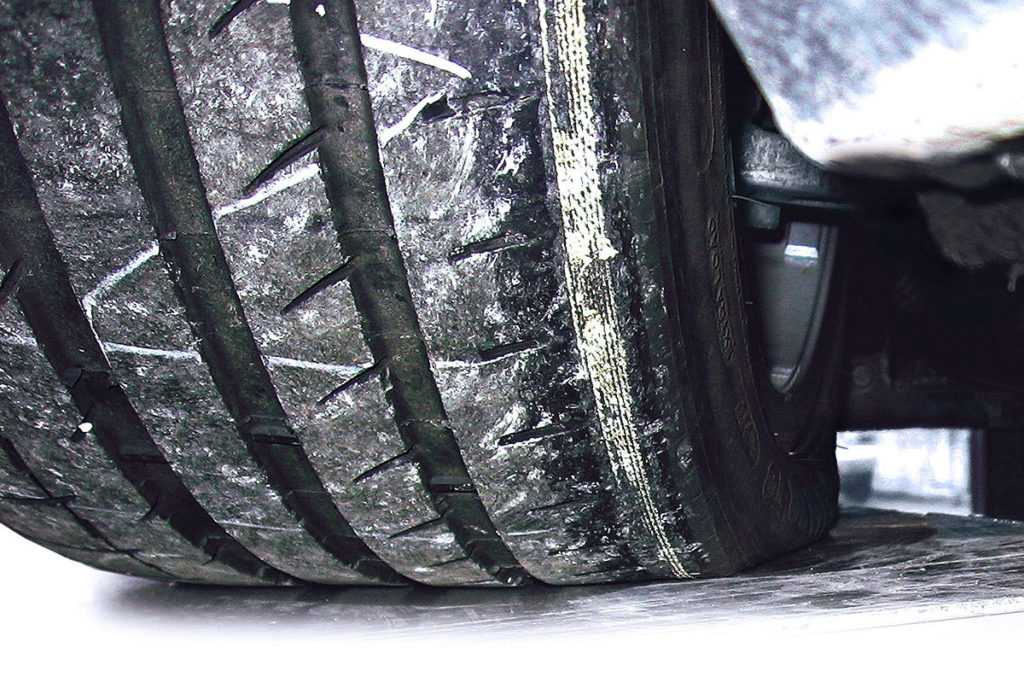 88
88
KEN-32109
Ken-Tool Tire Irons For Motorcycle, ATV, Small Tire
From $20.72
KEN-35459
Ken-Tool 17.5 Steel Mount/Demount Set, Orange - 35459
$279.69
1 reviewKEN-34645
Ken-Tool Classic T45A Tubeless Tire Irons (Ea)
$67.73
KEN-32114
Ken-Tool Tire Irons w/ Handle Set for Small Tire (2pc)
$38.85
KEN-35447
Ken-Tool Super Serpent Mount/Demount Tool
From $94. 45
45
KEN-33195
Ken-Tool Nineteen-Five Mount/Demount Set For 19.5 in Tires
$199.95
KEN-34748
Ken-Tool "B" Extension for Use With "C" Tire Bar (Ea)
From $78.70
KEN-35453
Ken-Tool 35453 Serpent Tire Changing Set (4pcs)
$271.85
KEN-34749
Ken-Tool Offset Mount "C" Tire Bar (Ea)
From $56.27
KEN-35450
Ken-Tool T2002 Serpent Mounting Tubeless Tire Tool
$59.64
KEN-35446
Ken-Tool 35446 Super Serpent Tire Changing Set (5pcs)
$363.19
KEN-32115
Ken-Tool Tire Irons with Handle for Small Tire (Ea)
From $24.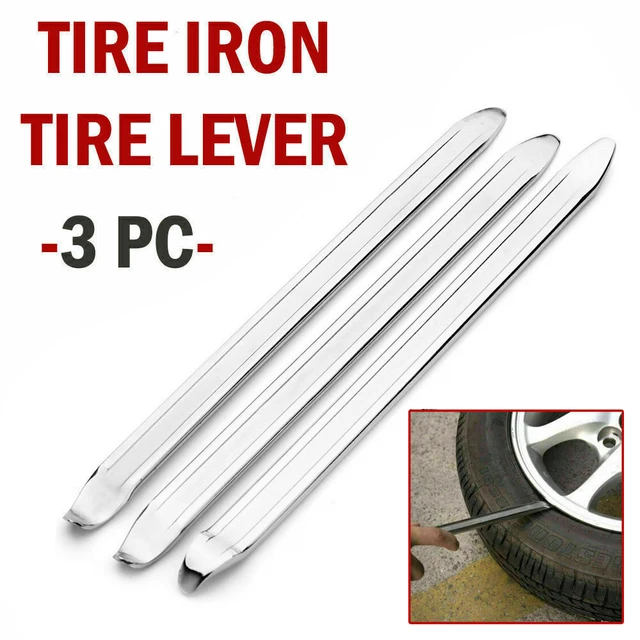 62
62
KEN-39806
Ken-Tool Euro Style Tire Iron Tools (Ea)
From $40.74
KEN-33199
Ken-Tool Nineteen-Five Mount/Demount Bar (Ea)
$86.76
KEN-35449
Ken-Tool T2001 Serpent Demount Tool
$205.69
Let's talk about the structure and arrangement of a car wheel. What is a wheel and what is a tire. What is the difference between a radial tire and a diagonal tire? Information for novice motorists and dummies.
Wheels provide movement by converting rotation into translational motion of the machine. They perceive and smooth out impacts from bumps on the road surface. Controllability, stability and smoothness depend on them. nine0003
They perceive and smooth out impacts from bumps on the road surface. Controllability, stability and smoothness depend on them. nine0003
According to the purpose, the wheels of the car are divided into driving, driven, driven and combined (simultaneously driving and driven). The wheel consists of:
Car wheel device: 1 - wheel disk, 2 - rim, 3 - bead, 4 - chamber, 5 - sidewall, 6 - cord, 7 - protector.
It is chambered or tubeless. In the chamber there is a rubber chamber filled with air.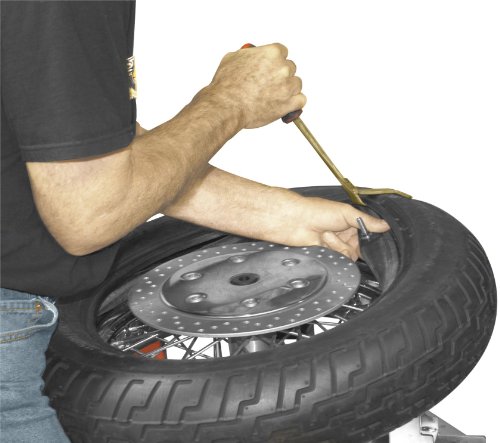 A tire without a tube is called a tire. The tire consists of a carcass (cord) and tread, as well as sidewalls and beads.
A tire without a tube is called a tire. The tire consists of a carcass (cord) and tread, as well as sidewalls and beads.
The carcass is the main part of the tire, its power base. It is made of several layers of special fabric - cord. It perceives the pressure of compressed air from the inside and the load from the road outside. Cord material can be: cotton, metal wire, nylon, fiberglass and other materials. nine0003
The optimal solution is a breaker with cords twisted from thin steel wires. Compared to textile, this cord has many times less stretch. But there are disadvantages: it is less tolerant of loads on low-frequency coverage. If, during a tire puncture, water enters the breaker, especially with chemicals, it quickly collapses from corrosion.
An alternative is the use of synthetics, which has the advantages of textile threads, but does not have the disadvantages of steel rods. nine0003
The tread (treadmill) is a thick layer of rubber with a specific pattern.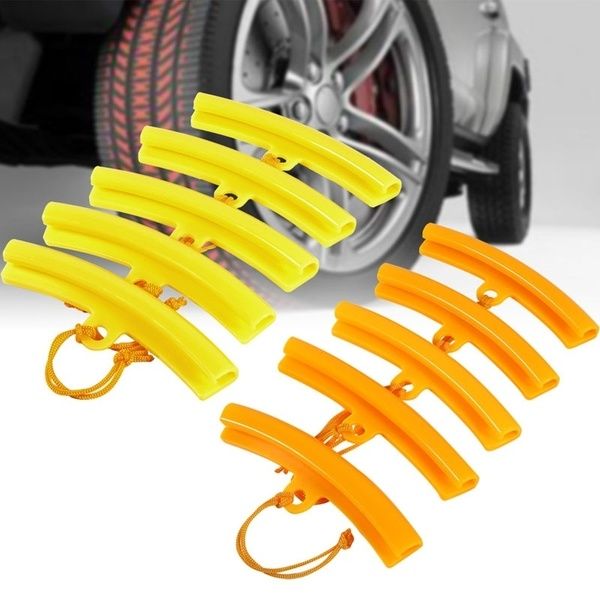 It is located on the outer surface of the tire and is in direct contact with the road surface. The tread pattern can be for good roads (use a small pattern), universal and special for off-road (large tread pattern). In winter, spikes are used in the tread.
It is located on the outer surface of the tire and is in direct contact with the road surface. The tread pattern can be for good roads (use a small pattern), universal and special for off-road (large tread pattern). In winter, spikes are used in the tread.
A tubeless tire does not have an air bladder. The cavity between the tire and the rim is sealed, because directly filled with air. Therefore, the disk of a tubeless tire differs from the usual one by the presence of sealing beads (bead ring) on the rim. If you use tires with a chamber, then any discs will do, the beads will not interfere. nine0003
In diagonal tires , the cords are crossed, the angle of inclination is 35 - 38 °. They connect the sidewalls of the tire diagonally. Such tires are found only for trucks and special equipment.
In radial tires , the cords are at right angles to the beads.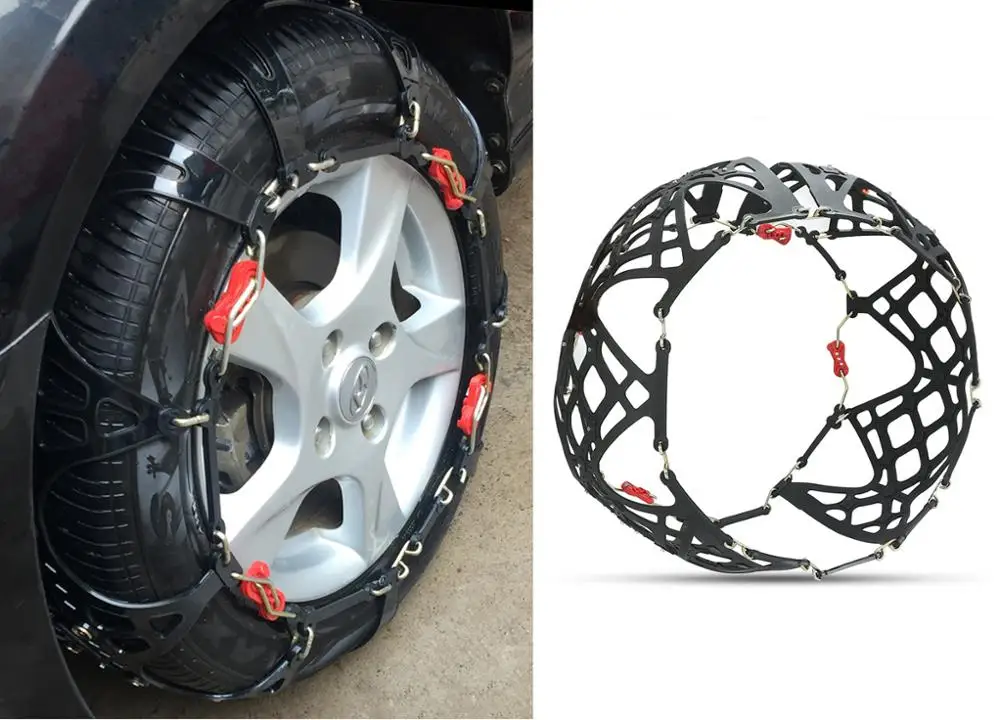 The main advantages are: good grip, low rolling resistance and long service life. Radial tires are more modern than diagonal tires. They are used on modern cars. With them, the car is more stable on the road, more economical and more dynamic. nine0003
The main advantages are: good grip, low rolling resistance and long service life. Radial tires are more modern than diagonal tires. They are used on modern cars. With them, the car is more stable on the road, more economical and more dynamic. nine0003
In order for the tread to hold the road well, it must adapt to its unevenness - be flexible enough. What the frame cord almost does not interfere with. But the deformation of the sidewall of the tire is not desirable - it worsens the control of the car.
To solve this problem, an additional power ring of several layers of cord is used. It is called a breaker, it does not allow strong deformations in the lateral direction. In order for the breaker to have the necessary rigidity, the threads in it are not laid radially, but diagonally. nine0003
On the sidewall of the tire, you can see the inscription 185/60 R15. This means:
This means:
The mistake of many motorists is the delusion that the letter R in the marking indicates the radius. This letter has nothing to do with the number 15. She indicates that this rubber is of a radial design, in contrast to the obsolete diagonal ones. And the number 15 is the landing diameter along the rim of the wheel. 15 inches = 381 mm. nine0003
Ivan Flyagin
Never forget that tires are a consumable item that has its own lifespan. Often, due to unbearable loads and serious injuries, they “die” ahead of time, and the sooner you see the symptoms of a deadly disease, the better.
Often, due to unbearable loads and serious injuries, they “die” ahead of time, and the sooner you see the symptoms of a deadly disease, the better.
The most common phenomenon that older tires are subject to is tread wear. According to the traffic rules, its residual depth on summer tires for passenger cars should not be lower than 1.6 mm. Recall that initially this value is 7.5 - 8.5 mm. In new winter tires, the pattern height varies from 9up to 15 mm, and the acceptable minimum norm is 4 mm.
Please note that tires often wear unevenly, so measuring the tread depth is necessary along the entire length of the pattern, and this should be done by professionals using special tools. If your tires have the specified parameters below the norm, it is better to get rid of them urgently.
Recall that between the tire tread and its carcass there is a breaker consisting of cord layers. If it shows through the wear on the old rubber, then this is the extreme stage of tire wear, which is long overdue for recycling. On a new product, the cord from a deep cut may also be exposed. In both cases, operation is extremely dangerous, since a defect in the breaker will lead to deformation and gradual destruction of the tire structure. nine0003
On a new product, the cord from a deep cut may also be exposed. In both cases, operation is extremely dangerous, since a defect in the breaker will lead to deformation and gradual destruction of the tire structure. nine0003
Internal damage to the tire carcass can cause a herniation. Usually swelling occurs from strong impacts of wheels on the edges of pits and high bumps. Although it happens that this is a consequence of a manufacturing defect, as a result of which there was a delamination of the frame. In any case, the presence of a hernia indicates a slow leakage of air from the internal cavity into the tire body, which at any time is fraught with its instant rupture.
Cracks usually occur on worn tires when hitting potholes and bumps. Even if they are small and shallow, it is still a call to change tires. Under the influence of external factors, they gradually grow and reach the cord, as a result of which the breaker layer undergoes corrosion and further destruction.